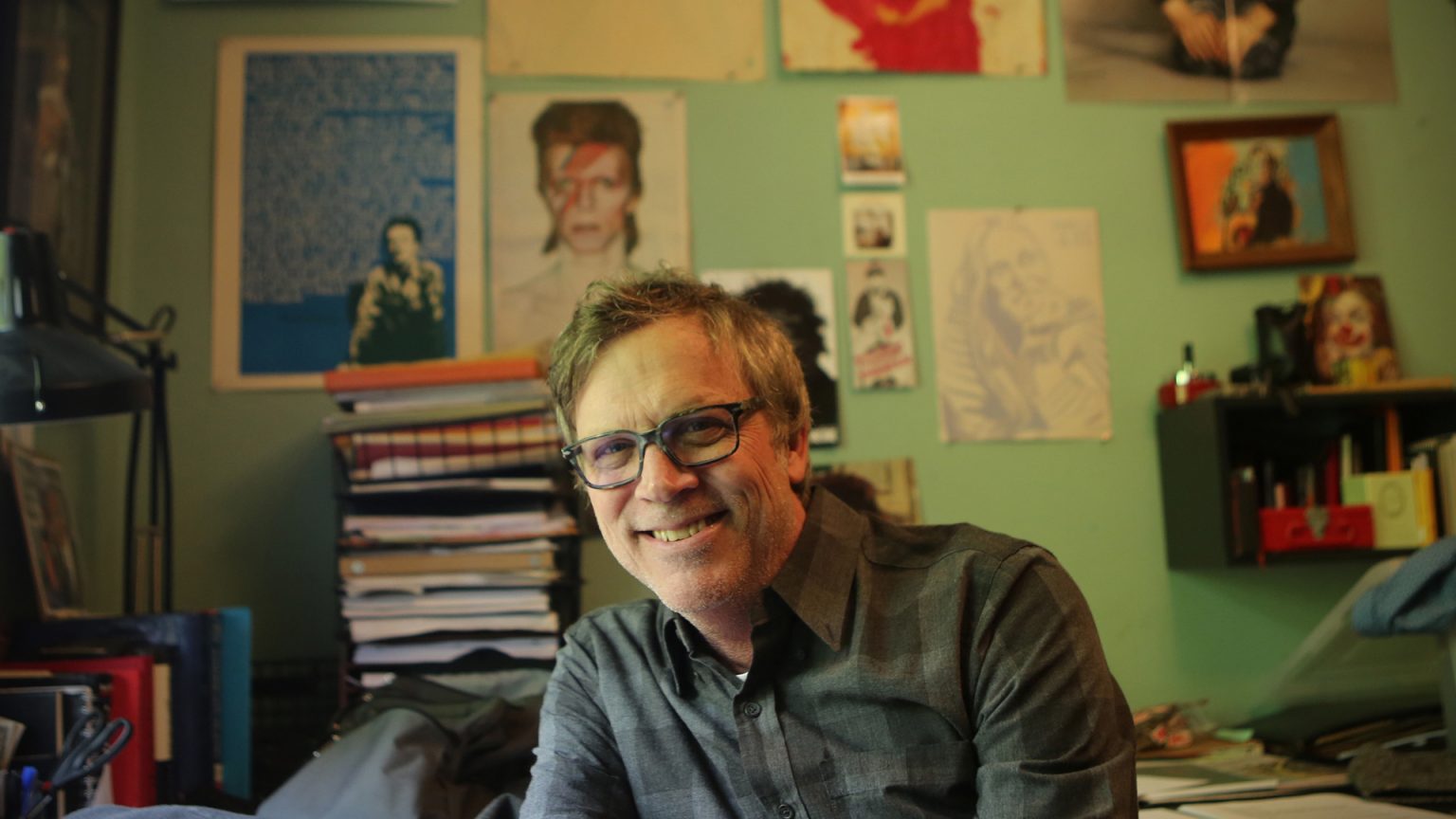On the heels of graduating from Brown University, director Todd Haynes found himself desiring a creative pursuit. “I thought my interests were more academic,” Haynes said at this year’s Sundance Film Festival, reflecting on his career behind the camera. Emerging from an Ivy League education, his impulse was to produce in academic circles. Yet, what made sense didn’t quite come to be. Early on, Haynes understood that the act of making seldom abides pragmatism.
Case-in-point: at the age of 26, Haynes wrote and directed Superstar: The Karen Carpenter Story, a devastatingly striking biopic charting the eponymous singer’s life and career told with, well, Barbies. No, that is not a typo. To tell Karen’s story, Haynes and the company used toy figures. Karen is played by a Barbie Doll and her brother, Richard Carpenter, is played by a Ken Doll.
It’s this movie I was about to be treated to as the lights went down in the Egyptian Theater in Park City. Until then, I had only a vague understanding of the project. Since the film’s initial release in 1988, it has been exalted as an emblem for underground (and undistributed) cinema. Its legacy was brought forth through bootlegged cassettes that got passed around during the late 80s and 90s. A good copy was hard to come by, unless you knew whom to ask, like arthouse programmers, film critics, or museum curators.
However, while the “Superstar” etymology is intriguing, it doesn’t compare to the film’s raw power. Shot on 16mm Haynes employs a sundry of cinematic devices here: part anthropomorphized fantasy, part archival documentary, and part PSA. Beyond the aesthetics, though, what it manages to do is unpack the complexity of a troubled woman. Save for her voice, Karen Carpenter consistently struggled to understand her body. She acknowledged her anorexia, but wrote it off as an autonomous choice instead of a debilitating disease eating at her insides.
Interspersed between Hayne’s reenactment of Carpenter’s life—from teenage prodigal drummer in Downey, California to worldwide pop sensation—are straight-laced facts about anorexia. Under most circumstances this should feel didactic. Then again, under most circumstances, a cradle-to-grave retelling of someone’s life using barbie dolls probably shouldn’t work. It all does. “Superstar” is a master class in editing. It’s pure cinematic poetry. Even at 26, Haynes knew how to tell a story through genre-defying methods.
Then the lights came back up. In the air was that uncommon feeling of connection between strangers. All of us had just endured the same kind of wondrous and unique cinematic experience. No words were exchanged. None had to be. In a daze, I sat in my seat and stared ahead. For even a short while no brightly lit telephones emerged. No one was checking Twitter or texts. The digital world paled in comparison to what we were living in.
Of course, the spell broke as Haynes strutted back onto the stage, accompanied by Richard Linklater and longtime producing collaborator Christine Vachon. They took their seats and formed a panel. The idea of hearing anyone talk after “Superstar” terrified me. Q&As have a tendency to be soul-crushing—a disappointing facet of human nature, where questions begin with “I” and sentences like, “I have a comment and a question” are uttered. But what followed didn’t include any of that. Between the three of them, they treated the audience to a true conversation. It felt like three friends sitting around reminiscing.
When Linklater asks Haynes about the project’s origins, I fear the approach of a generic answer. Discussion of origin is often more tedious than enlightening. Though, for Haynes it was a true “light bulb” moment: “I was in New York in a coffee shop in 1986,” he said. “Suddenly I heard a Carpenter’s song through the speakers. It was on the radio.”
From there he felt an impulse to reinvestigate his relationship with the Carpenters, a band he had previously written off. “Remember how uncool it was to like the Carpenters back in the 80s?” asks Linklater. The religious undercurrent of the group, coupled with their distinctly saccharine sensibilities rendered them—in the eyes of many—unhip.
But revisiting both their discography and the film, it becomes clear that as consumers we misunderstood the intentions of their art. We misunderstood Karen. Everyone seemed to. In a pivotal scene in the movie, the song “Rainy Days and Mondays” starts to play. The song arrives at the beginning of the end for Karen. Emaciated and exhausted, her anorexia nervosa had taken its toll. She had nothing left to give, and it’s “Rainy Days” where she opens her doors to us.
“Superstar” never did see the proper light of day. It was released in New York on April 30th, 1988. Two years later Haynes lost a copyright infringement lawsuit to Richard Carpenter, demanding all existing copies be destroyed and circulation be ceased. Richard found Haynes’ depiction to be grotesque and unsubstantiated. It’s clear Richard’s issues weren’t litigious or a matter of taste. What he couldn’t shake was seeing his sister portrayed so honestly. Her truth, which was composed of suffering and self-loathing, was too much to bear. It always was for the Carpenter family. Karen’s troubled psyche was incongruous with the white-picket facade of Downey. Her pain was inconvenient—a blemish for a family that projected evangelical perfection.
“Superstar” is Karen’s resurrection, and within the confines of the film (and her music), she lives. She had a short life, where she was misunderstood and unheard. But Haynes doesn’t repeat that mistake. He hears her. He hears the silence that persists in the wake of her death. He hears a woman crying out for help through her music. He hears her words. He hears the rain on rainy days and Mondays.
Thirty-five years later, I think we can too.
Watch Now: Todd Haynes’ Velvet Goldmine, Poison, and Dottie Gets Spanked.




